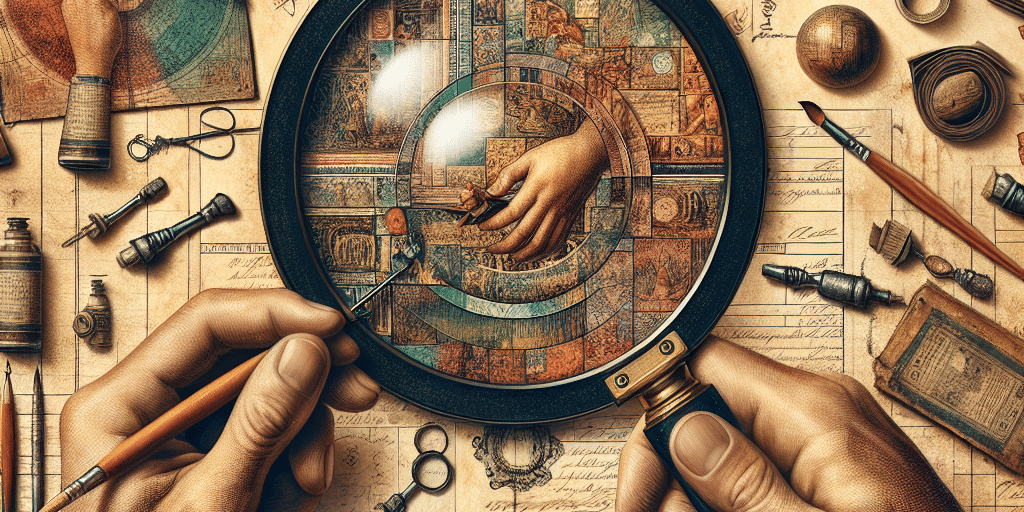Decoding Art: Tips for Assessing Authenticity and Provenance
The art world, with its illustrious history and rich tapestry of styles, remains a realm of wonder and discovery. Yet, beneath the surface of grandeur and elegance lies a complex web of authenticity and provenance. As art collectors, enthusiasts, and investors continue to navigate this intricate landscape, understanding how to assess the authenticity and provenance of artworks is more crucial than ever.
Understanding the Basics
Authenticity relates to whether a piece is genuinely created by the artist it’s attributed to. Provenance, on the other hand, refers to the history of ownership and transmission of an artwork. Both elements are key to determining the value and significance of an art piece, and they play a critical role in the art market.
1. Research the Artist and Their Era
To understand whether a piece of art is authentic, you must first be familiar with the artist’s life and style. Delve into the historical context of the artist’s work, recognizing the stylistic nuances and materials commonly used during that period. Academic and museum publications, reputable art catalogues, and databases can provide comprehensive insights.
2. Examine the Artwork
A close examination of the artwork is essential. Consider these aspects:
- Signature: Is the signature consistent with the artist’s known autograph style?
- Materials: Are the materials used consistent with the time period when the artist was active?
- Style and Technique: Does the technique reflect the artist’s unique style? Familiarize yourself with their brushwork, color palette, and compositional choices.
3. Consult Experts
Art appraisers and authenticators possess specialized knowledge in detecting counterfeit art. They use both traditional methods and technological tools to analyze the work. Consultation with a seasoned expert can provide invaluable assistance and a formal certificate of authenticity if needed.
4. Scientific Analysis
Technological advancements have introduced scientific methods to aid authenticity assessments. These include:
- Carbon Dating: Useful for determining the age of organic materials.
- X-ray and Infrared Imaging: Allows insight into any underdrawings or alterations.
- Pigment Analysis: Identifies the chemical composition of paints to verify if they match the supposed era or artist.
5. Verify Provenance
A well-documented provenance not only ensures the artwork’s authenticity but also clarifies its legal ownership. Check for:
- Documentation: Review certificates of origin, bills of sale, receipts, and exhibition history.
- Provenance Gaps: Be cautious of unexplained gaps in ownership history as these could be red flags for stolen or illicitly obtained art.
- Documentation Overlaps: Multiple artworks claiming similar provenance stories might indicate forgeries.
6. Understanding Market Liabilities
Be wary of investing in artworks with murky histories. Transparency about the legal and historical context of the piece is crucial in avoiding pitfalls related to stolen or illicit art.
7. Rely on Reputable Dealers and Auction Houses
When in doubt, choose transactions through established and reputable dealers and auction houses known for rigorous verification processes. These entities often provide guarantees of authenticity and provenance, adding an extra layer of security to your investment.
Conclusion
Decoding art is as much an art as it is a science. While the allure of discovering and owning an enigmatic masterpiece captivates many, ensuring authenticity and provenance remains the guiding light for any savvy art enthusiast. By combining thorough research, scientific methods, and expert insights, collectors can make informed decisions that preserve not only the financial value of their investments but also the cultural heritage these artworks represent.







